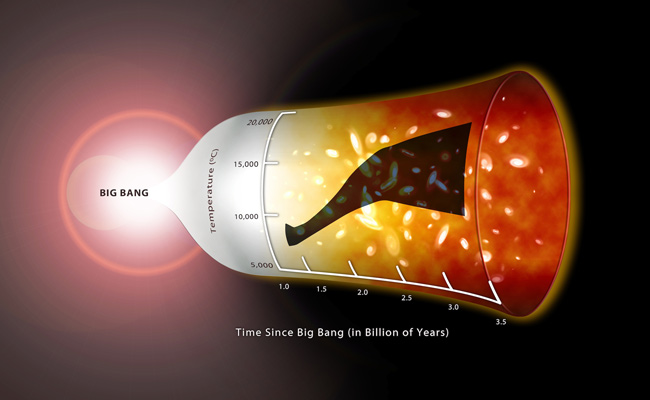Black Holes Gave Our Baby Universe a Fever

The young universe
The find is
"One billion
Studying quasar
Becker and his
The scientists took
Since distant
Get the Space.com Newsletter
Breaking space news, the latest updates on rocket launches, skywatching events and more!
"The gas, which
The quasar light had
This was something
"The likely
Quasars were
The role of
One of the lightest
Ultraviolet light
The researchers
- The
Join our Space Forums to keep talking space on the latest missions, night sky and more! And if you have a news tip, correction or comment, let us know at: community@space.com.

Space.com is the premier source of space exploration, innovation and astronomy news, chronicling (and celebrating) humanity's ongoing expansion across the final frontier. Originally founded in 1999, Space.com is, and always has been, the passion of writers and editors who are space fans and also trained journalists. Our current news team consists of Editor-in-Chief Tariq Malik; Editor Hanneke Weitering, Senior Space Writer Mike Wall; Senior Writer Meghan Bartels; Senior Writer Chelsea Gohd, Senior Writer Tereza Pultarova and Staff Writer Alexander Cox, focusing on e-commerce. Senior Producer Steve Spaleta oversees our space videos, with Diana Whitcroft as our Social Media Editor.









